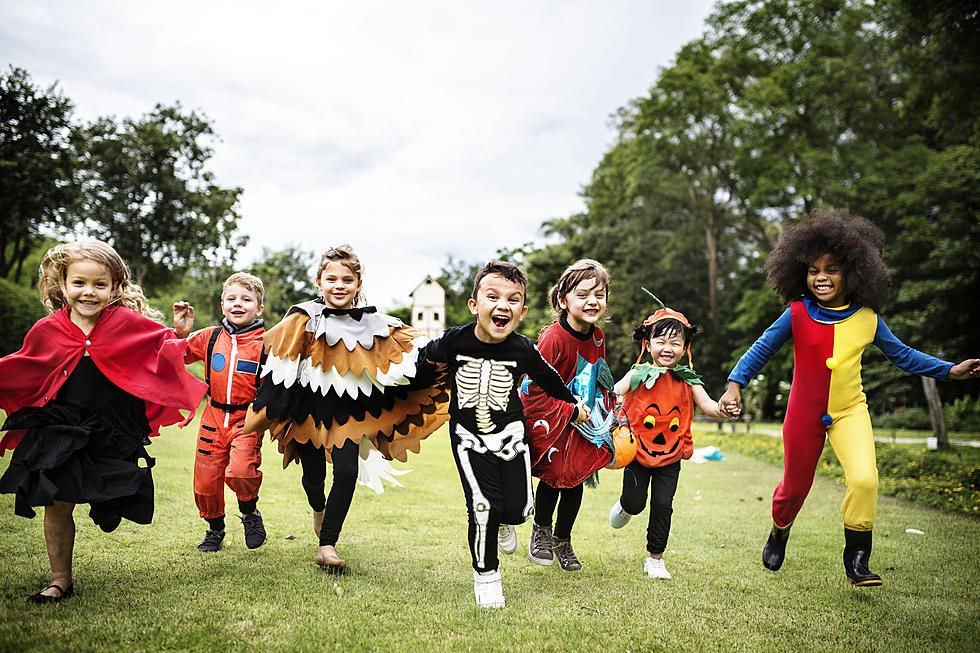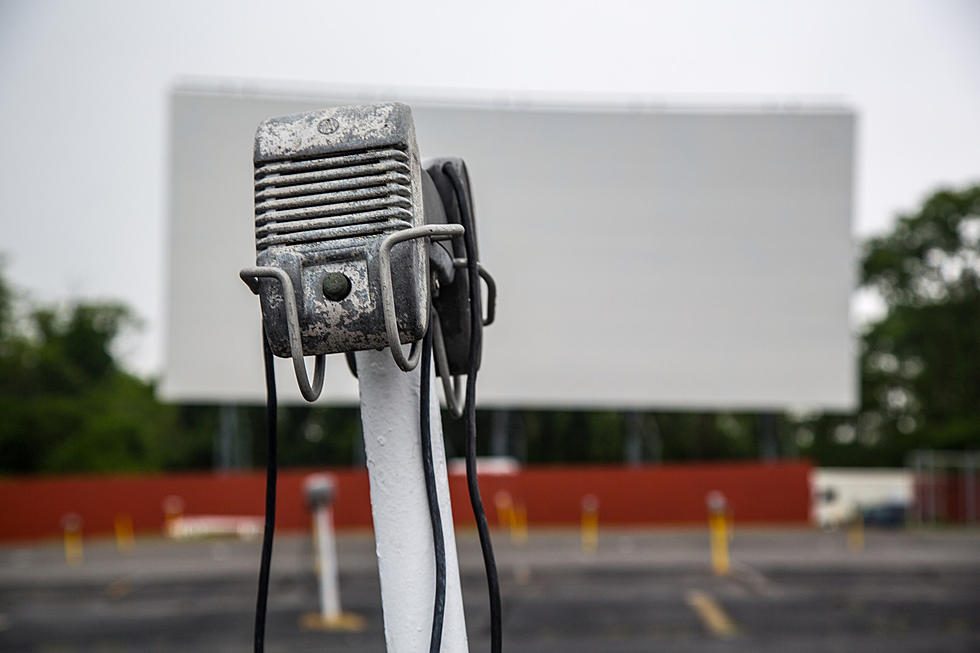
50 Years Ago: Sam Peckinpah Shocks With Violent Masterpiece ‘The Wild Bunch’
Time alters the ability to shock audiences with movies.
Whether it’s the 1939 Technicolor jolt of The Wizard of Oz or disgust at Clark Gable's uttering the word “damn” in that same year’s Gone With the Wind, that shock dulls over the years, almost seeming quaint in the present day. But the sheer violence in director Sam Peckinpah’s masterpiece The Wild Bunch remains just as jarring now as when it was released on June 18, 1969.
The plot of The Wild Bunch is a familiar one involving a gang of robbers looking for the always-elusive “one last score” before they retire into the land of plenty. This time it’s set in 1913, a period in Americana full of miscreants and assassins who are hired by lawmen -- themselves a bit crooked in their attempts to eradicate criminals from their frontier's landscape.
William Holden stars as Pike Bishop, who leads a group of disgruntled, ragtag outlaws through a botched railroad office robbery in Texas, where the silver loot has been replaced by worthless steel washers. The crew is decimated to just four others in a brutal exchange of gunfire and forced into Mexico for asylum and to regain their bearings. The chaos of the Wild West is just about over, and these aging fossils are vestiges of a soon-to-be extinct era.
Linking up with old comrade Freddie Sykes (Edmund O’Brien), the now six-strong fugitives find themselves making a deal with the Mexican Federal Army to perform a train heist, the haul a stockade of guns and ammunition held by the United States Army in exchange for payment in gold. The cache will help the Federales defend against Pancho Villas revolutionaries while Bishop and his men will ostensibly earn enough to retire.
Watch 'The Wild Bunch' Trailer
At the same time, Bishop’s gang is being pursued by a squad of bounty hunters led by his former associate Duke Thornton (Robert Ryan), who's forced to chase down his old friend or be sent back to Yuma, the infamous prison in Arizona. Thornton is foiled at every turn, whether it’s the stealth train robbery or a bridge blown to bits by dynamite. But he’s still closing in.
The bunch's strained allegiance with the Federales doesn’t last long when Bishop takes out their leader, General Mapache, in a fit of rage. It’s then his and his men’s fate is sealed and it’s all guns blazing. The resultant shootout is, to this day, one of the most violent shootouts in cinematic history, with a particular degree of bloodletting courtesy of a new instrument of death on the scene: the M1917 Browning machine gun.
Bookended by two lengthy montages of what can be described as nothing short of a bloodbath, critic Roger Ebert nailed it when he called The Wild Bunch “possibly the most violent film ever made." Peckinpah set out to make a movie that was not only worthy of that title, but one that would make the audience squirm in its seats. Quick camera cuts blend awkwardly and brilliantly with slow-motion captures of people being shot. Children giggle as they torture a couple scorpions by letting thousands of red ants feast on them in a makeshift amphitheater. The savagery here is never an easy watch.
"We wanted to show violence in real terms," Peckinpah said when confronted by critics at a press conference. "Dying is not fun and games. Movies make it look so detached. With The Wild Bunch, people get involved whether they like it or not. They do not have the mild reactions to it."
At a 1969 preview of the film in Kansas City, the reception was visceral. David Weddle wrote in the biography "If They Move ... Kill 'Em!": The Life and Times of Sam Peckinpah, "Thirty people bolted up the aisle and out of the theater, some to vomit in the adjoining alley. ... 'I want to get the hell out of this place!' someone cried a few rows away."
Critics and moviegoers may have had varying opinions on the movie's merits, but few can deny its impact. The realistic brutality, coupled with ingenious sharp editing and the overall game-changing nature of the film, would go on to influence directors from John Woo and Quentin Tarantino to Kathryn Bigelow and Martin Scorsese, all of whom have made their own indelible imprint on cinema, often with a similar use of antiheroes. And making the audience marvel at the violence and cheer for characters with a questionable moral compass blurred the lines between the traditional roles of good vs. evil storytelling.
The children pitting the scorpions against the ants eventually tire of the game and cover both with straw, setting it ablaze, destroying all the creatures involved. Likewise, at the end of The Wild Bunch, Peckinpah blows the whole film -- and all of its players -- to pieces with no clear winners or losers and a looming wonder of whether it was all for nothing the first place, making the exhibition of atrocity even more senseless. And fostering a debate that's gone on for five decades.
Top 25 Movies of Summer 1984
More From Mix 92.3
![No More Movies: Check Out This Abandoned Theater [Pictures]](http://townsquare.media/site/467/files/2024/04/attachment-Untitled-design-84.jpg?w=980&q=75)









